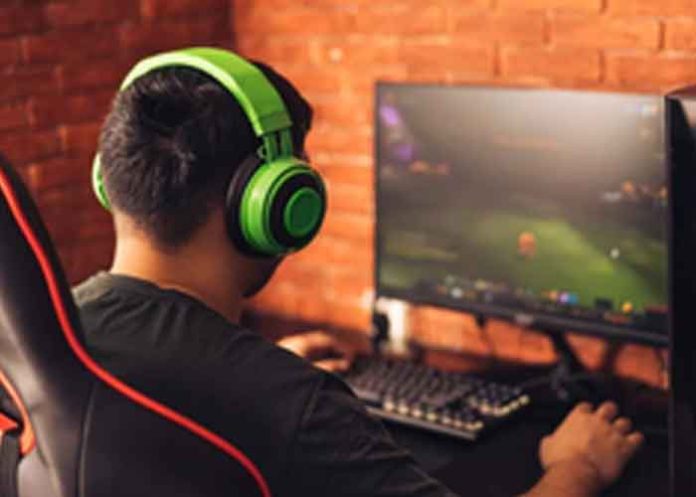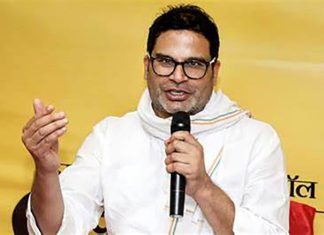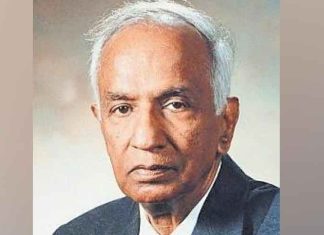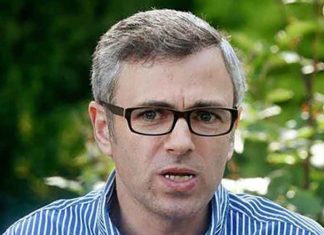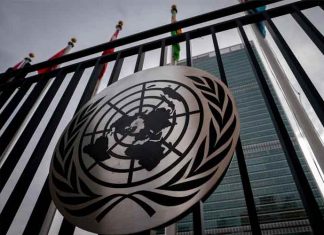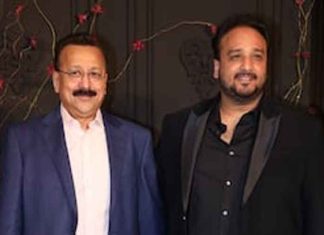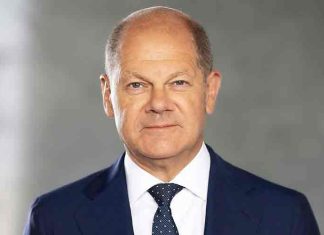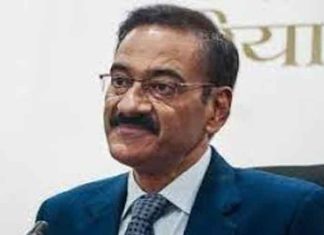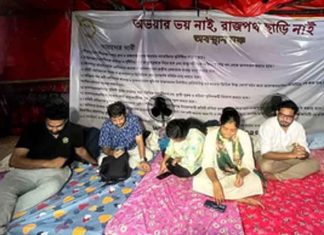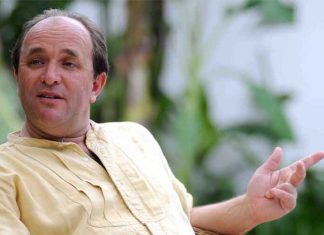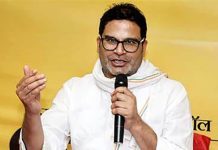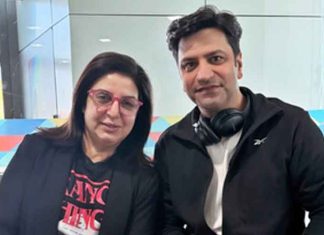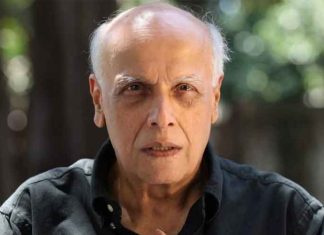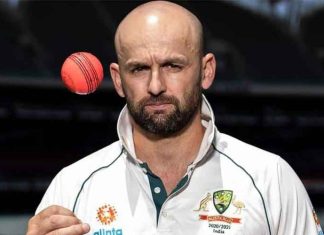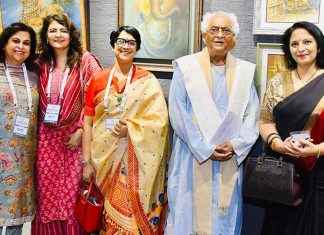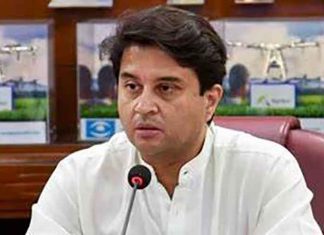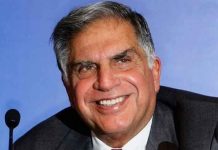New Delhi, October 19, 2024 (Yes Punjab News)
Over one billion young people worldwide are at risk of hearing loss due to unsafe listening practices, experts have warned. They are urging policymakers and regulators to establish global standards, not only for device manufacturers but also for users and service providers, to help mitigate this growing health crisis.
During a workshop held at the ITU-WTSA 2024 event in the national capital, Nidhi Khare, Secretary of the Department of Consumer Affairs, emphasized the importance of tracking sound exposure, similar to how people monitor their calorie intake or daily steps. This proactive approach could play a key role in preventing hearing loss, which has become an urgent public health issue.
The Therapeutic Value of Silence
Khare referred to a traditional Indian festival called Mauni Amavasya, where participants observe silence and fast, suggesting that embracing quiet moments could be therapeutic in today’s noise-filled world. “Relishing the sound of silence is extremely therapeutic, and we must realize that together, we can make a difference not just for India but for the world at large,” Khare said.
The event, which was a joint ITU-WHO workshop on safe listening, focused on the dangers of unsafe listening practices and how they contribute to the global public health crisis of hearing loss.
WHO’s Response: Make Listening Safe Initiative
In response to this growing problem, the World Health Organization (WHO) launched the Make Listening Safe initiative in 2015. The initiative aims to prevent hearing loss through conservation efforts and raising awareness of the dangers posed by excessive noise exposure, especially among young people.
P. Payden, Deputy Head of the WHO Country Office in India, highlighted the wide-ranging consequences of hearing loss. According to Payden, millions of people worldwide face communication challenges, diminished quality of life, and potential setbacks in professional development and education due to hearing impairments. For children, noise-induced hearing loss can delay language acquisition, lead to learning disabilities, and even increase anxiety levels.
“Untreated hearing loss can lead to isolation, depression, and cognitive decline,” Payden added.
Global Standards for Safe Listening
The workshop emphasized the need for global standards on safe listening. The global ITU standard for safe listening devices and systems offers a framework to integrate safety features into personal audio devices. One key feature, known as acoustic symmetry, monitors the amount of sound a person is exposed to over a set period to prevent hearing damage.
“The WHO is committed to promoting safe listening practices through research, disseminating evidence-based guidance, and collaborating with stakeholders to promote hearing safety,” Payden stated. She stressed that while hearing loss is irreversible, it is largely preventable with the right measures in place.
The Need for Action
The growing concern around unsafe listening practices, particularly among young people, has created an urgent need for action. Experts are calling for stricter global standards, better public awareness, and monitoring systems to protect hearing health. With initiatives like the Make Listening Safe campaign, and international efforts from organizations like the WHO and ITU, the path to prevention is clear—but requires concerted efforts from governments, industries, and individuals to make safe listening a priority.
FAQs
1. What is causing the rise in hearing loss among young people?
Unsafe listening practices, especially from prolonged exposure to loud music on personal devices, are a major cause.
2. What is the ‘Make Listening Safe’ initiative?
It is a WHO initiative aimed at preventing hearing loss by promoting safe listening practices and raising awareness.
3. Can hearing loss be reversed?
No, hearing loss is generally irreversible, but it is preventable with proper safety measures and awareness.
4. What is acoustic symmetry?
Acoustic symmetry is a feature in some audio devices that monitors sound exposure over a period to ensure it stays within safe levels.
5. How can policymakers help in preventing hearing loss?
Policymakers can establish global standards for manufacturers, users, and service providers to promote safe listening practices.




